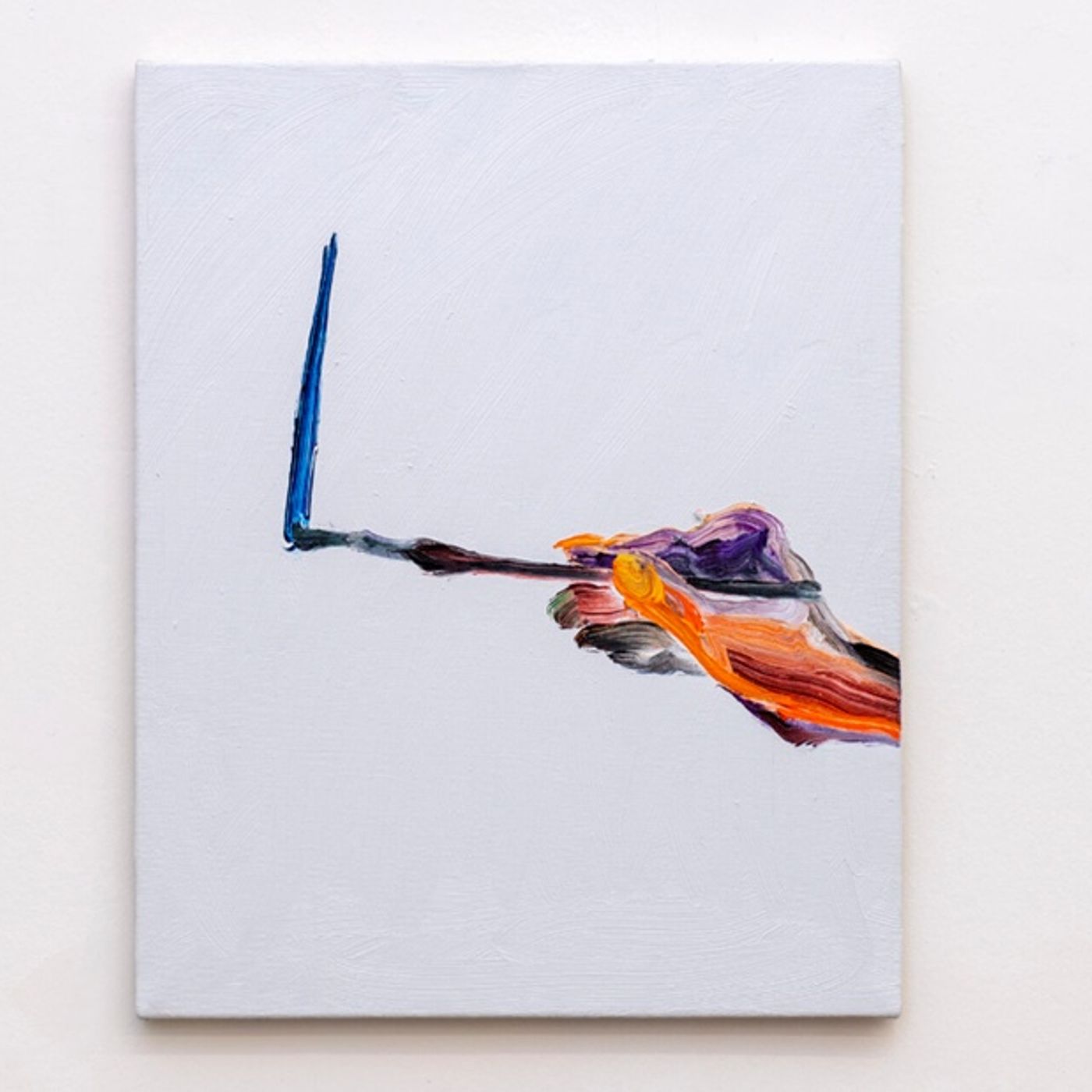Museum of the 19th Century
- Author
- eArs
- Published
- Wed 25 Jun 2025
- Episode Link
- https://www.spreaker.com/episode/museum-of-the-19th-century--66746521
We are in the Museum of the 19th Century in the historic former Bank of Italy building, which houses the collection of paintings and sculptures of the married couple, Venceslao Di Persio and Rosanna Pallotta.This is the first time the museum has hosted an exhibition by a contemporary artist but
not the first time Matteo Fato has engaged with the history of art in his work.One series of works in particular revolves around the concept of the d’après, meaning an artwork inspired by previous works. These are not copies, but rather interpretations, looking again at the work of the masters admired by the artist.The exhibition displays works produced previously and examples of d’après created specifically for this exhibition. To paint them, the artist closely studied several works from the museum’s collection, including those by Michele Cammarano, Francesco Paolo Michetti, and Paul-Désiré Trouillebert. As the artist Giorgio De Chirico once said: “…one problem torments me […]: the problem of craftsmanship. That’s why I started copying in museums.”
Simone Ciglia: So here we are in a museum—specifically, a museum dedicated to the 19th century. It’s the perfect place to reflect on your relationship with art history. There’s a very direct connection here, because it comes from the work you did in this very place—following a classic part of artistic training: studying original artworks, in person, inside museums.
Matteo Fato: What always comes to my mind are the words of Ennio Flaiano. He said that to appreciate your contemporaries, you mustn’t be a contemporary. So for me, these places are often a kind of refuge. A refuge from one’s own time. And art history is, in a way, a constant present. Which brings us back to something Aleksandr Sokurov said. “Every city needs a museum. Every man has an ocean inside; and cities are surrounded by the ocean.” So a museum is an ocean of possibility. And this museum has felt like a treasure to me. Because it gave me the chance to look into the eyes of something that no longer exists in the present. To me, looking at a painting is like stepping into a time machine. You’re able to see how people used to look at things. That’s what time does.
